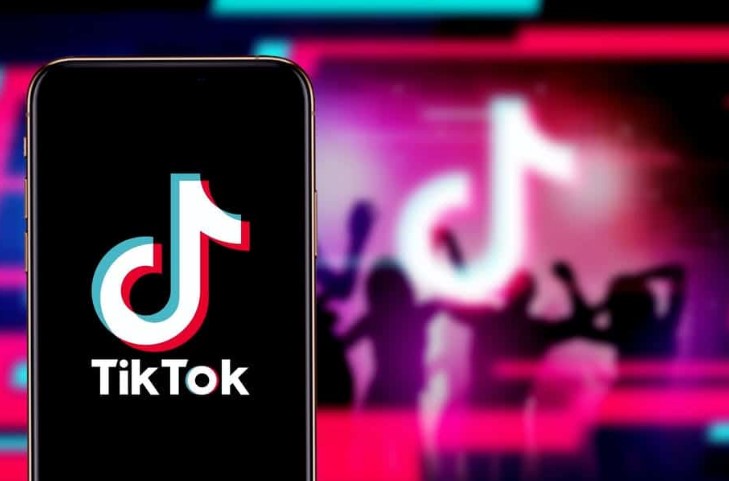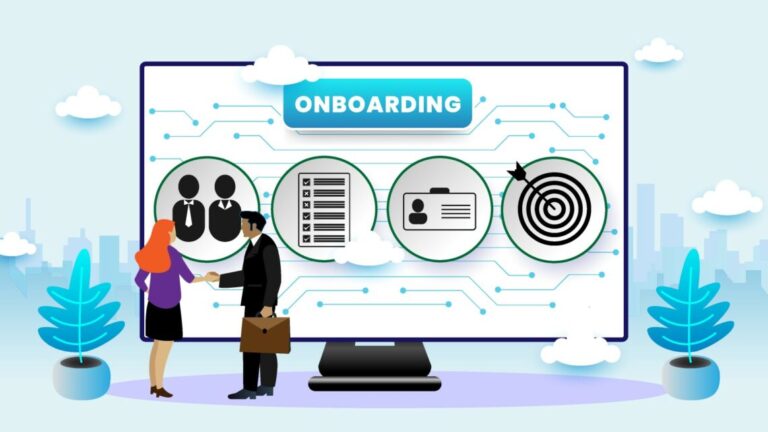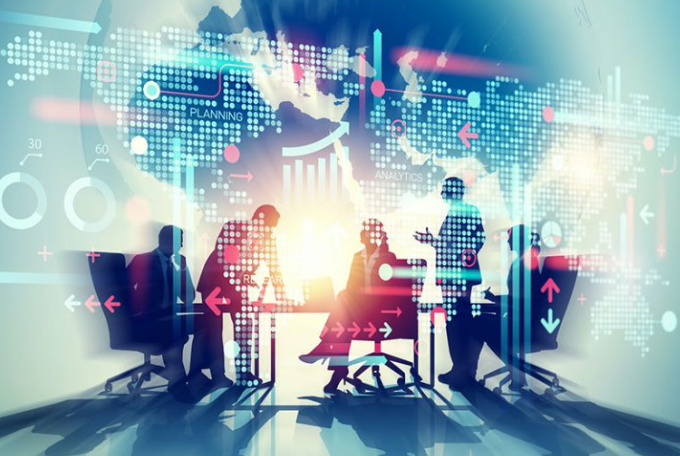The Engine Behind Popular Image to Text Online Services: OCR

Optical Character Recognition, commonly known as OCR, has revolutionized the way of interacting with printed and written text. This technology, which originated in the early 20th century, has undergone significant transformations. Initially, OCR systems were limited to recognizing text in a handful of fonts and were often unreliable in their accuracy. However, with the advent of digital imaging and advanced computing, OCR technology has evolved to accurately recognize a wide range of fonts and handwriting styles.
The modern OCR systems leverage sophisticated algorithms and machine learning techniques. These systems are not only capable of recognizing text but also of understanding the layout and structure of the document. This advancement has enabled the extraction of information from complex documents such as invoices, receipts, and forms, which was previously a challenging task.
OCR in the Digital Age
In the digital era, OCR has become an integral part of various online services and applications. Its ability to convert physical documents into editable digital formats has immense implications for businesses and individuals alike. This capability has streamlined processes in sectors like banking, legal, healthcare, and education, where managing vast amounts of paperwork is a daily occurrence.
One of the standout applications of OCR in the digital space is document digitization. Businesses use OCR to convert their backlog of physical documents into digital formats, facilitating easier storage, searchability, and sharing. For individuals, OCR offers the convenience of digitizing personal documents like letters, receipts, or academic papers, making them easily accessible on digital devices.
Integrating OCR with Other Technologies
The integration of OCR with other technologies has expanded its use cases and efficiency. For instance, coupling OCR with natural language processing (NLP) has enabled the extraction of specific information from documents, like dates, names, and amounts in financial documents. Similarly, integration with cloud storage solutions allows for immediate storage and retrieval of OCR-processed documents, enhancing collaboration and accessibility.
Moreover, the advent of mobile OCR applications has brought this technology to the fingertips of users. These applications can capture text from any printed source using a smartphone camera, making it exceptionally convenient for users on the go.
A Game-Changer in Image-to-Text Conversion
Amidst various OCR applications, a notable mention is the OCR Online tool. This online converter stands out for its ability to transform scanned PDFs, images, and photographs into editable text formats. What sets it apart is its capacity to maintain the layout when converting PDFs to Word or Excel files. This feature is particularly beneficial for users who need to preserve the original format of documents.
Another key aspect of this image to text converter is its accessibility and user-friendliness. It is designed to cater to a wide range of users, from professionals working on PCs to individuals using mobile devices. The service is offered free of charge for guests, without the need for registration, making it an attractive option for occasional users. Furthermore, the tool ensures user privacy by automatically deleting all uploaded documents after conversion.
Challenges and Future Prospects of OCR
Despite its advancements, OCR technology still faces challenges. One of the primary issues is dealing with poor quality scans or images, where the text is not clearly visible. This problem is often encountered in historical documents or when capturing text from worn-out printed materials. Another challenge is the recognition of handwriting, which varies significantly from person to person.
The future of OCR looks promising, with ongoing research focused on enhancing its accuracy and expanding its capabilities. The development of more advanced machine learning models is expected to improve text recognition in challenging scenarios, such as cursive handwriting or low-quality images. Additionally, there’s a growing interest in multilingual OCR systems that can recognize and process text in multiple languages.
Conclusion
In conclusion, Optical Character Recognition has emerged as a critical technology in our increasingly digital world. Its ability to convert printed and handwritten text into digital formats has vast applications, ranging from business process automation to personal document management.



